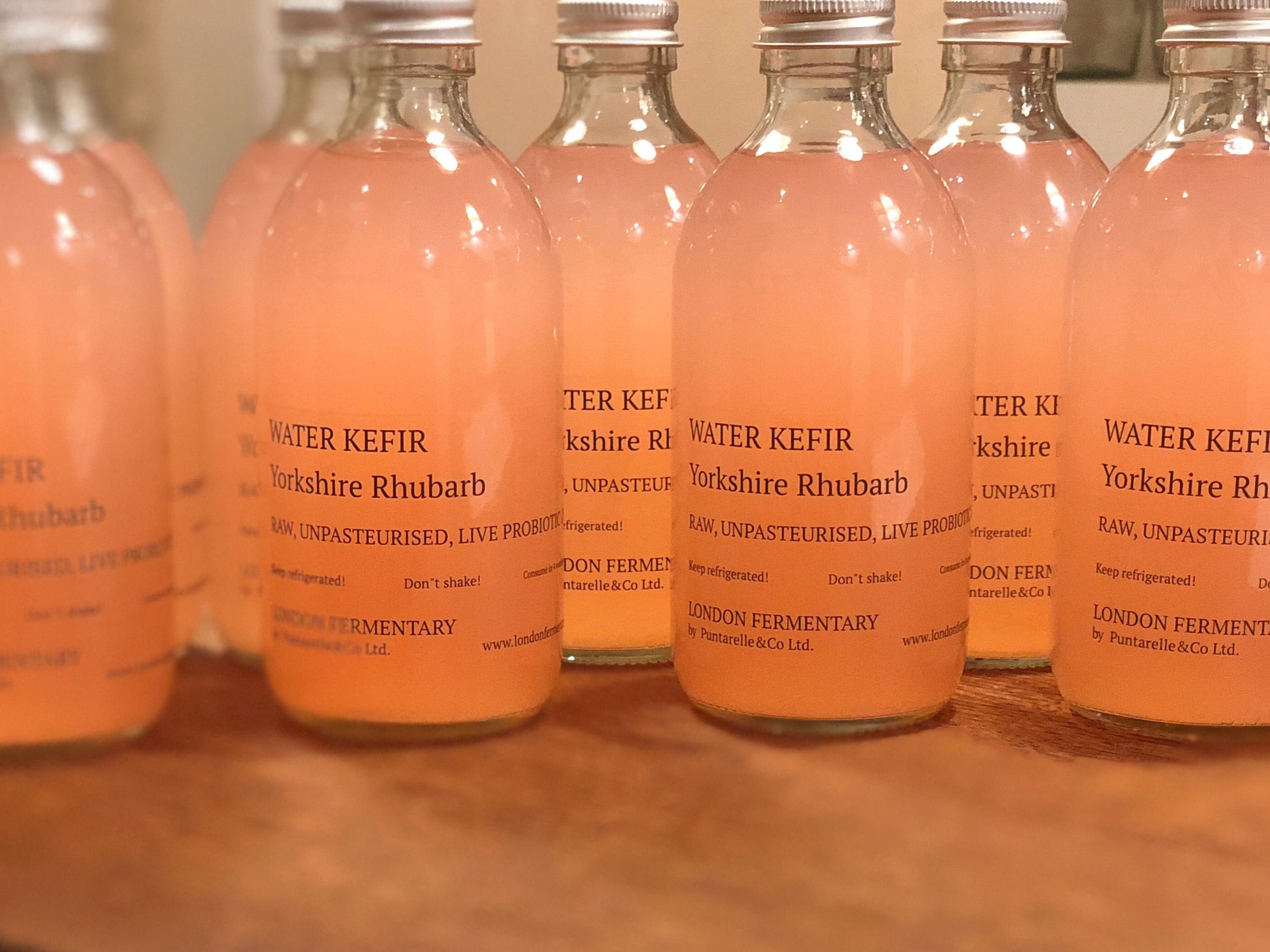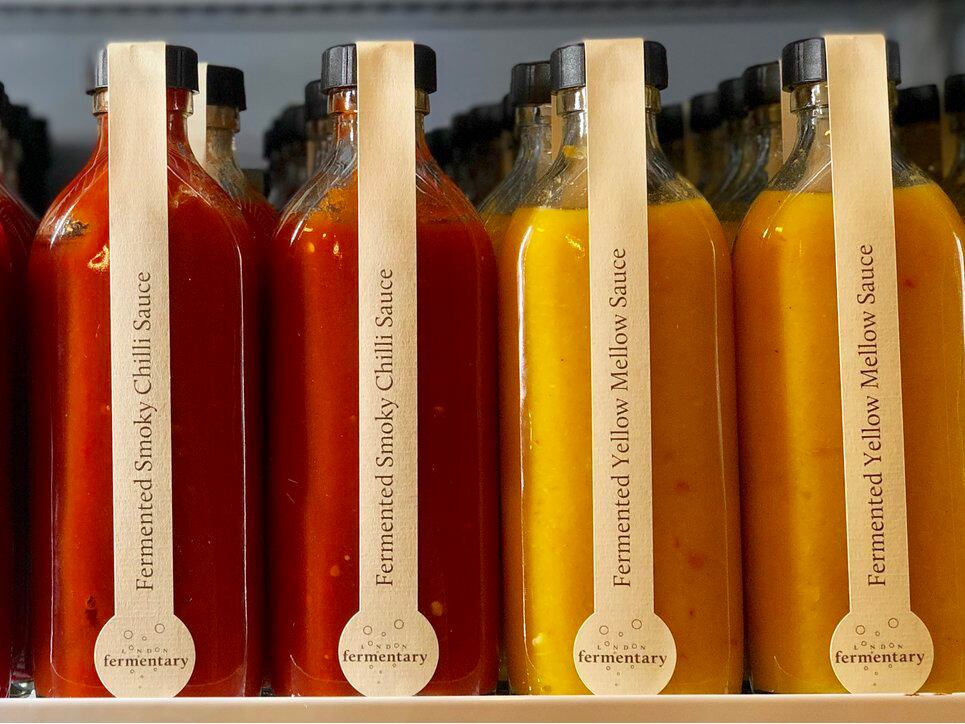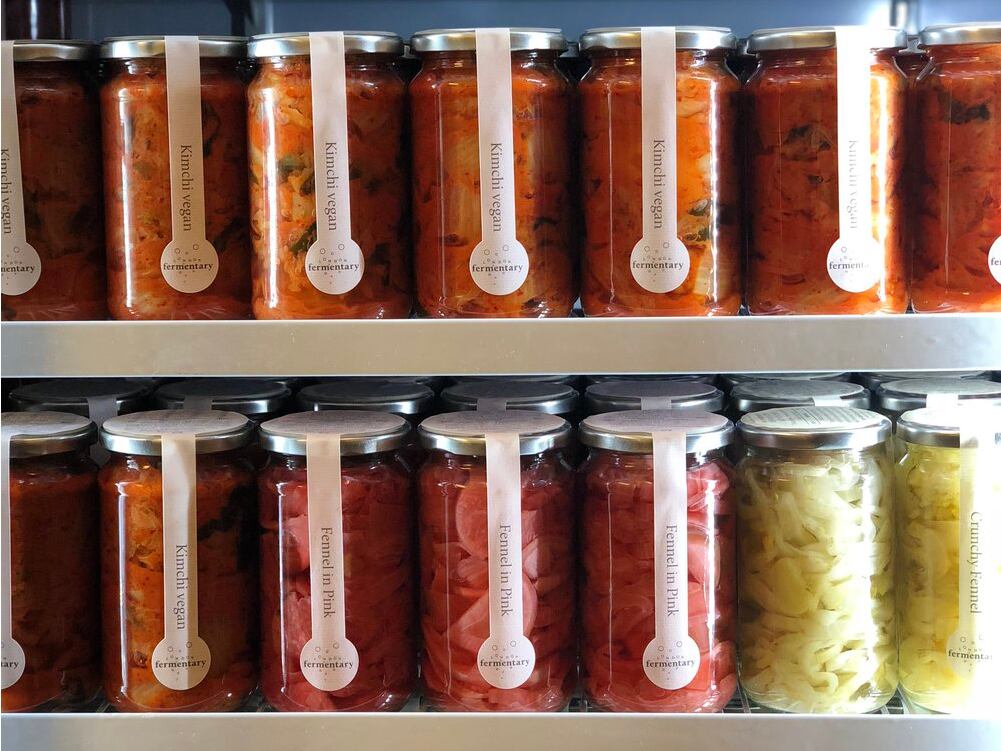Beyond the gut benefits, fermentation has been said to increase the concentrations of vitamins such as folate, riboflavin and vitamin B12, while studies have shown that it can remove or reduce toxins and anti-nutrients in foods that can inhibit the absorption of nutrients such as iron and zinc.
With health and wellbeing right on trend, fermentation seems a no-brainer for NPD teams in 2020. But, according to Elena Deminska, founder of The London Fermentary in Bermondsey, fermentation isn’t something you can either simply just pick up or rush.
“The rise of fermentation has gone completely bonkers,” Deminska says. “It’s become really attractive in the UK and there are companies springing up every month who are starting out with the technique.

“Fermentation is such a huge trend right now and there are so many health-conscious consumers buying these products, but there are some brands who are trying to take shortcuts and sending products out to stores that aren’t fermented enough.”
Deminska says that eating not completely fermented foods can cause bloat and unpleasant sensations. “And for consumers that have existing gut health issues in particular, eating this is not good for them at all. It’s an issue that’s not really talked about yet, but it will be.”
No shortcuts in fermentation
Deminska, who started London Fermentary with her husband in 2016, learned traditional lacto-fermentation methods (using salt or salt and water as a brine with vegetables) through her Russian family.
She creates small batch fermented products for the likes of Selfridges and Planet Organic, with her process lasting a minimum of six weeks per product. And Deminska believes this is an integral part of London Fermentary’s proposition.
“Fermentation is a slow, ancient technique and you have to give it the time it needs,” she insists.
“Some companies use tricks such as adding bacteria to speed up the fermentation process, but the end product will suffer.
“People have been fermenting in Europe for centuries. They would start to ferment late Autumn and could start to eat it three months later – not in four weeks, which I’m seeing is happening with some new UK brands.”
London Fermentary creates a selection of fermented vegetables, ranging from turmeric and pineapple kraut to Japanese radish and seaweed, with Deminska using leftover stock from her Borough Market fruit and vegetable business, Puntarelle & Co.
“We create a brine using salt and vegetable juices for most of our fermented veg products, but some vegetables don’t give you juices when prepped so we have to add a little water,” explains Deminska.
“You can use any good salt but the more minerals the better as fermentation enhances the goodness of the original ingredients.
“We first put chopped, sliced or grated vegetables in a fermentation vessel with a brine in an 18-degree environment. We have to closely look after it every day for the first two weeks as it’s a very active fermentation stage. This means cleaning it, making sure no air gets in, and keeping an eye on it constantly.
“After the two weeks, the process slows down, so we then move it to a colder area (about 15 degrees) and let it sit and ferment for at least four more weeks.”
The accidental sauce

Along with their vegetables, London Fermentary also have a range of condiments, including a fermented jalapeno sauce and a fermented red beet sauce, with
“One month, we had a lot of red peppers that were damaged in transport, so I decided to put the lot into a fermentation vessel and leave it to see what happened,” she says. Deminska saying that she created her first sauce in the range completely by accident.
“I left it for two months, and when I opened it the smell was just amazing. So, I blended it, added olive oil and spices, some fruit, a little chilli – I played around with what I had and then let it all ferment for another month.
“I’ve since experimented with many different vegetables and fruits and we have quite a large range now. I’ve actually been told off by my team as its not really smart for business to have a 50-strong fermented sauce range because it’s hard to supply to retailers!”
A new invention?
Deminska also makes a raw, unpasteurised water kefir as an alternative to sugary fizzy drinks, with the product a great example of how fermentation is still very much uncharted territory in terms of innovation.
“We recently discovered a by-product that our water kefir produces when we leave it for longer than normal.
“We actually don’t know what’s happening with the process yet – we’re looking into doing lab tests – but we’re thinking that we might have discovered a new form of raw drinking vinegar.
“We’re hoping this liquid contains all the lactic acid from the original water kefir, which would be a phenomenal product. It would not only be acidic vinegar with raw properties, but it would have all the goodness of water kefir.
“Fermentation is such a creative area and there’s still so much to invent. We’re going more into the science than ever before, which is fantastic, and we are just getting started.”
Get inspiration & support for your NPD and menu development. The original version of this article was published on Food Spark, which supports busy food professionals, marketing and insight teams who work in retail, foodservice and manufacturing.
Food Spark will offer immediate access to the emerging trends, ingredients, personalities and headwinds defining the future of food. Explore more content by visiting foodspark.com.

